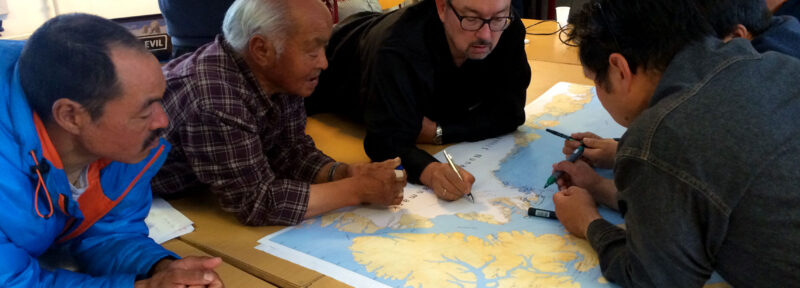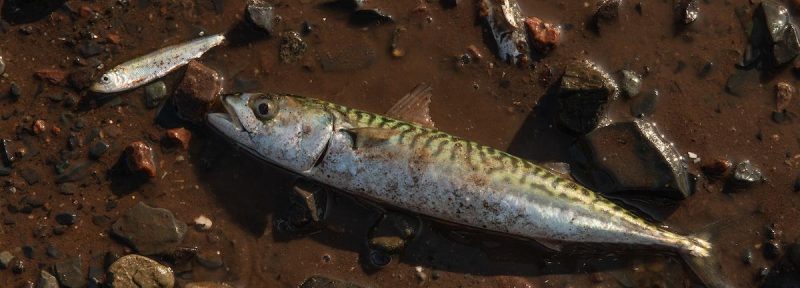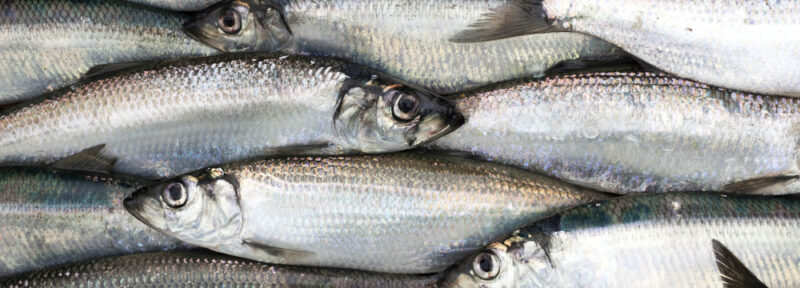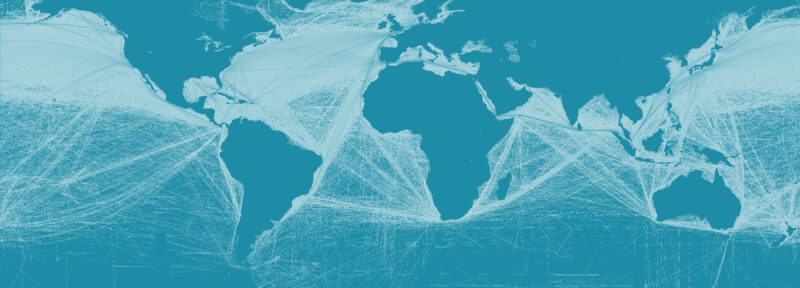Cod in the Northern Gulf of St. Lawrence Need Long-term Rebuilding Plan
HALIFAX—Yesterday, the Minister of Fisheries, Oceans and the Canadian Coast Guard (DFO) made the long-overdue decision to close the commercial fishery for Northern Gulf (NAFO division 3Pn4RS) cod this year. The population has been in the critical zone since 1990, and over a decade ago, the Committee on the Status of Endangered Wildlife in Canada designated it as endangered. Now, action is finally being taken to significantly reduce fishing effort.
“While this is an important decision, we need to act faster if we want depleted fish stocks to recover,” says Susanna Fuller, Vice-President of Operations and Projects with Oceans North. “Thirty years since the collapse of virtually every groundfish stock in eastern Canada, there are valuable lessons we still seem incapable of learning.”
While there are many factors contributing to the lack of recovery in fish stocks, the one we control is fishing effort. Thirty years on, many stocks—like Atlantic halibut in the Gulf of St. Lawrence, redfish and Greenland halibut—have seen significant recovery. One significant difference between those that have recovered and those that have not is the level of fishing mortality/fishing effort directed at them. Cod has hardly been given a break where others have.
“We need to think long term,” Fuller says. “Despite being on the list of stocks that legally require a rebuilding plan, there is still no plan for Northern Gulf cod, and a one-year decision is not nearly enough to start the rebuilding process.”
The population is currently at 10 percent of its “limit reference point.” When the population is below this point, DFO policy says fishing should be kept to the lowest possible level. 490 metric tonnes will still available this year for industry-led science, food, social and ceremonial fisheries and recreational harvest—roughly the same amount that was caught by the commercial fishery last year.
The decision also highlights DFO’s inconsistency when it comes to rebuilding strategies for fisheries even when they are for the same species. For example, Fuller says, Northern cod in Newfoundland continue to be fished commercially, yet the population is also well below the limit reference point. “Inconsistent management decisions lead to inconsistent—and sometimes non-existent—population recovery, as well as less trust in the science and management processes,” says Fuller.
For more information or to arrange an interview, please contact:
Alex Tesar
Communications Specialist
[email protected]




